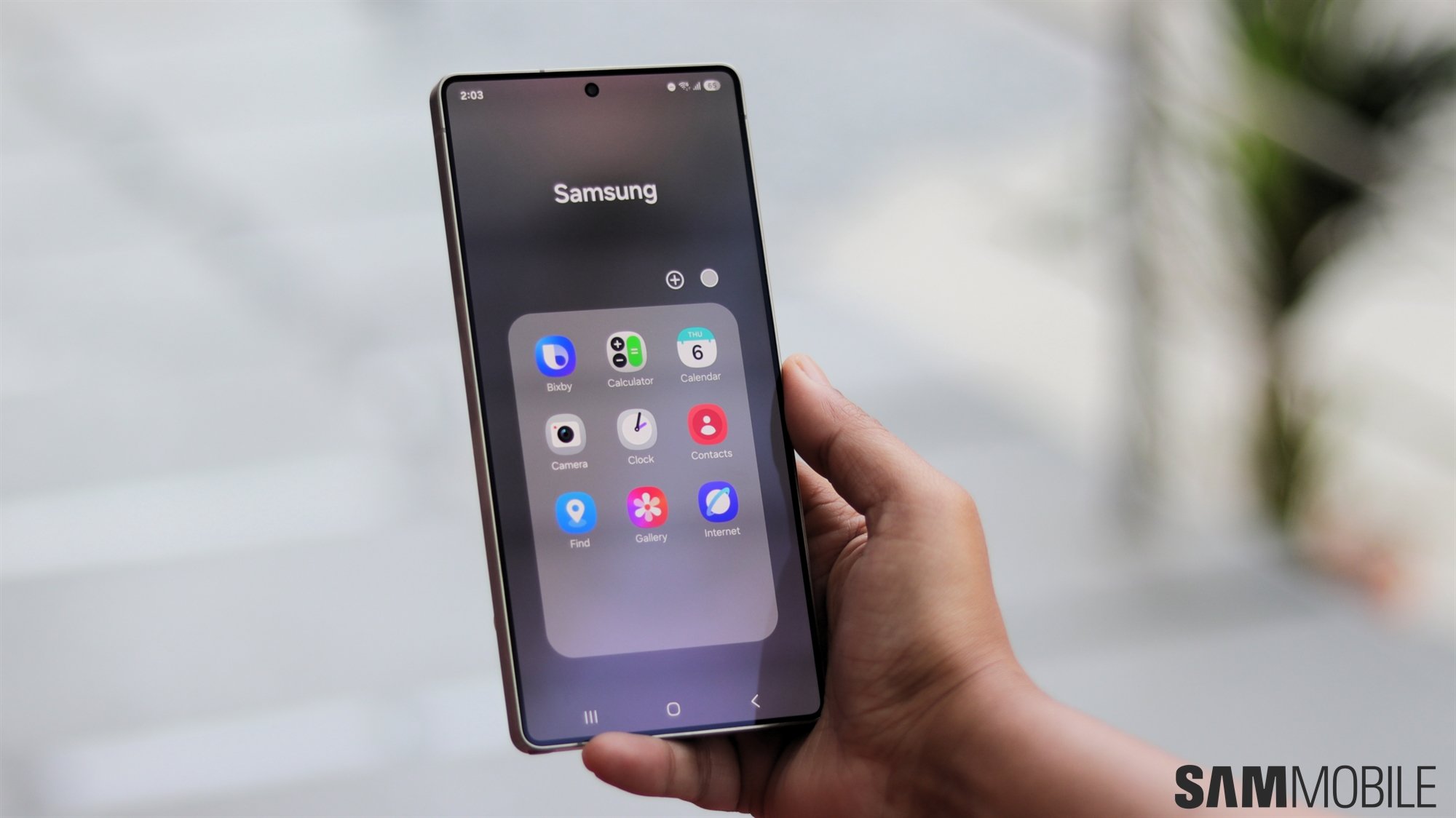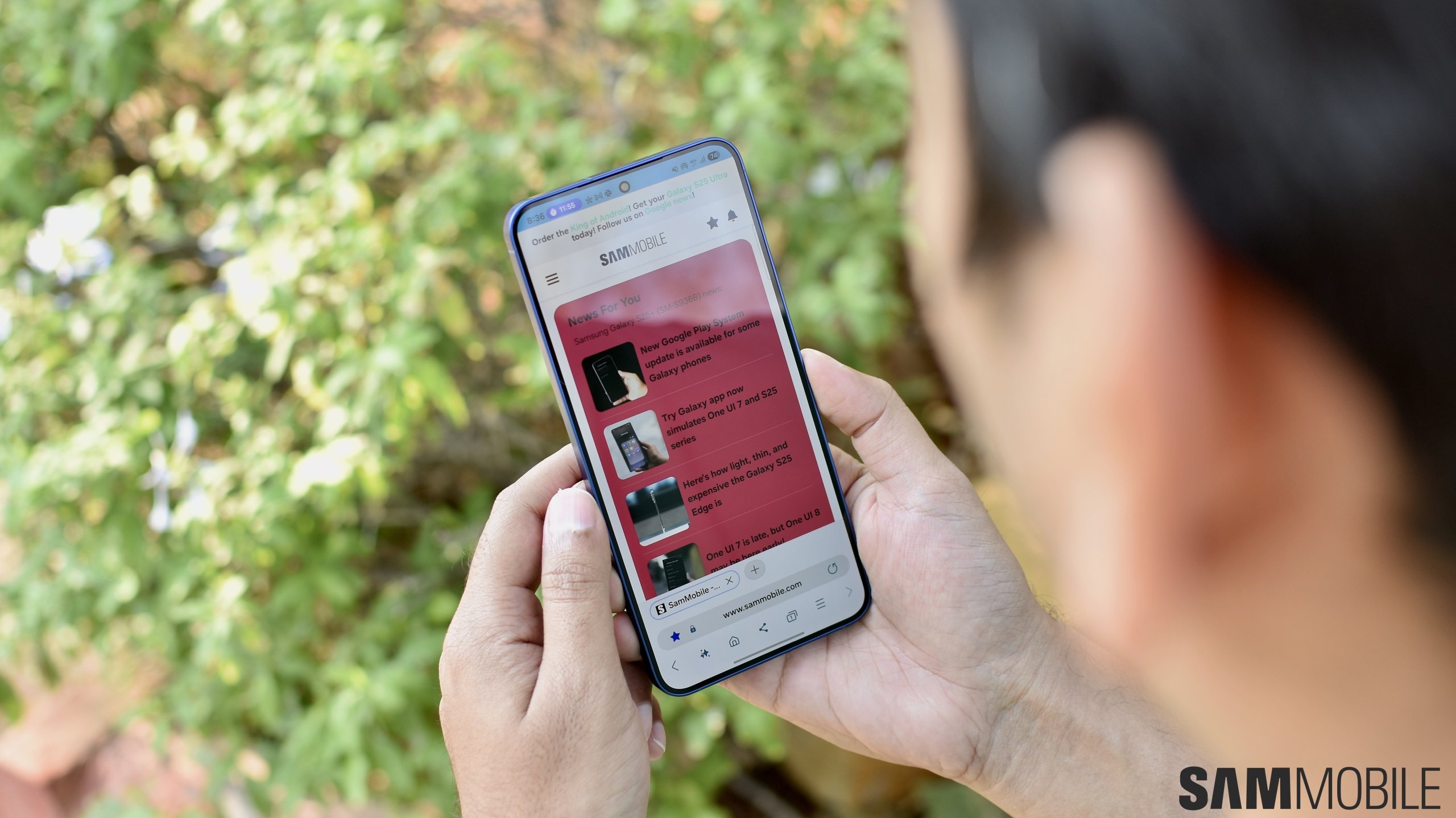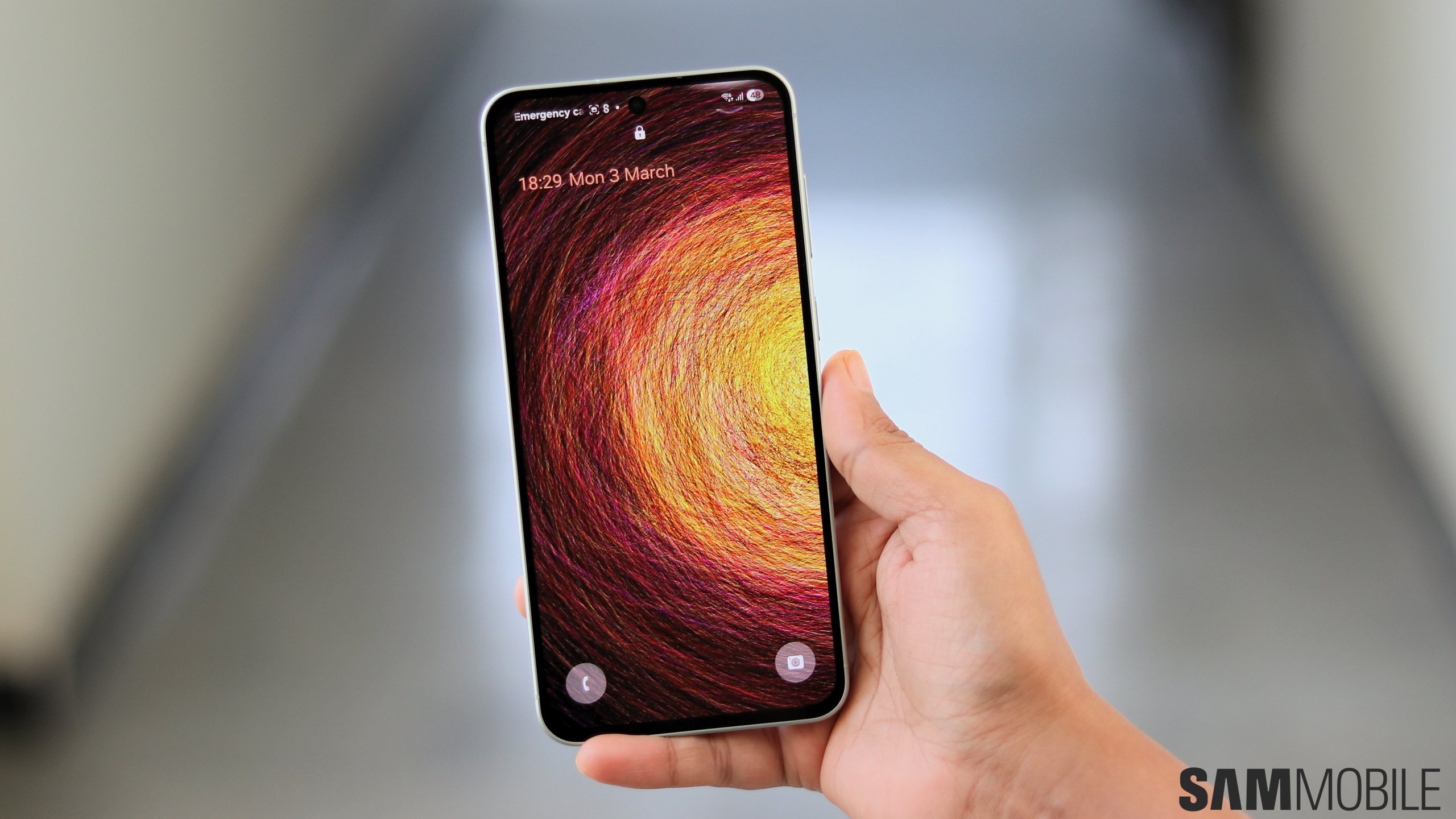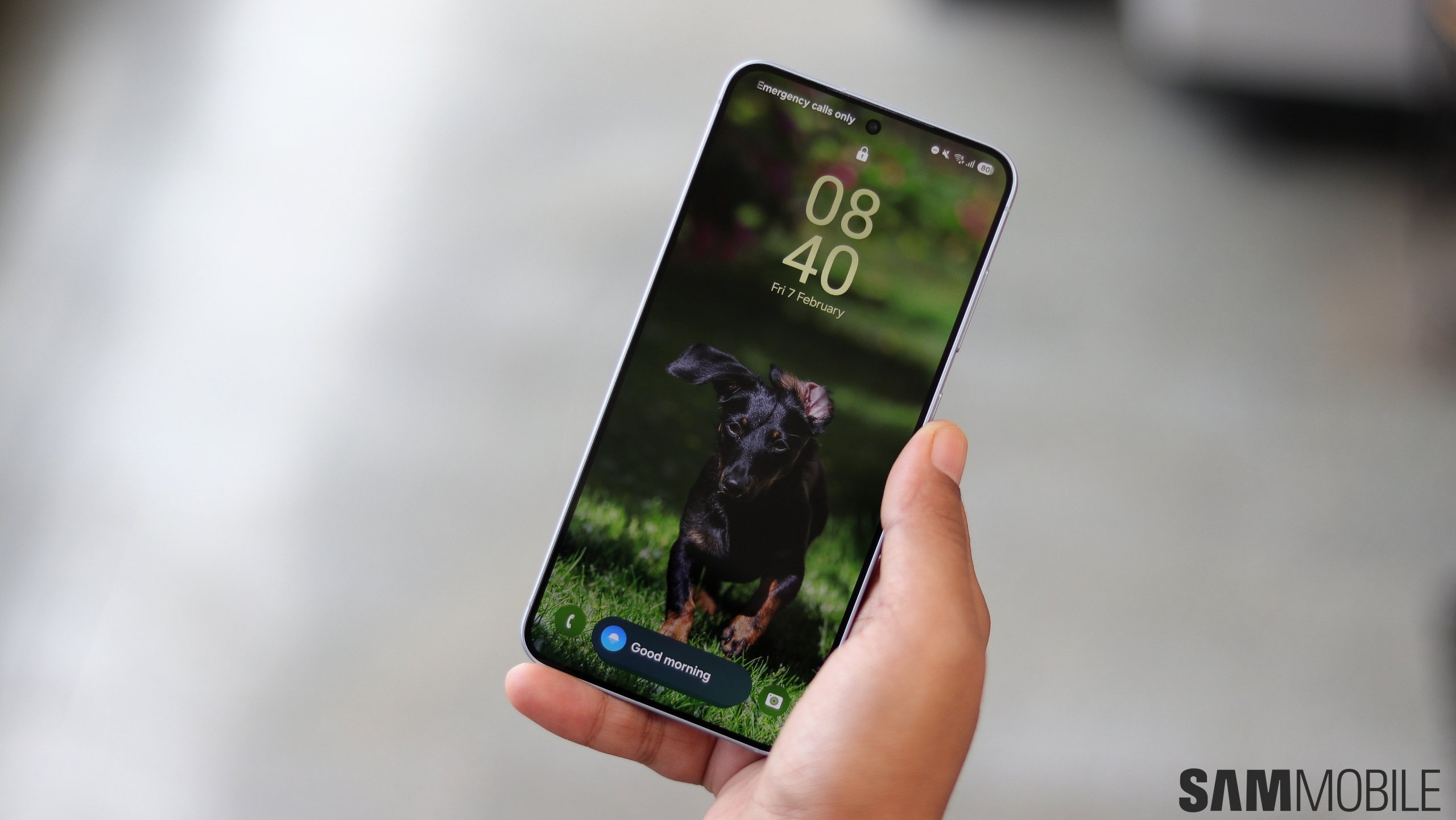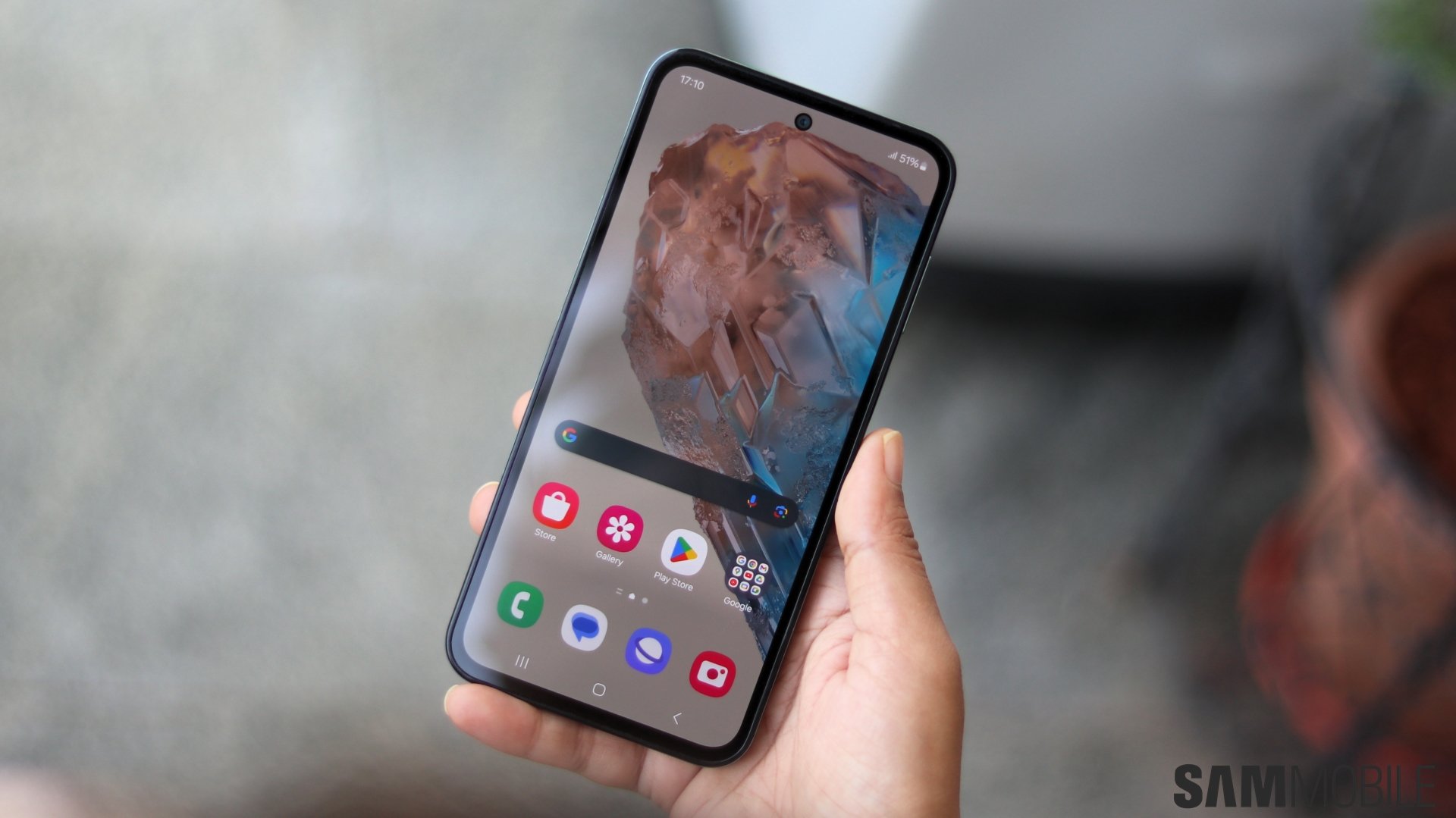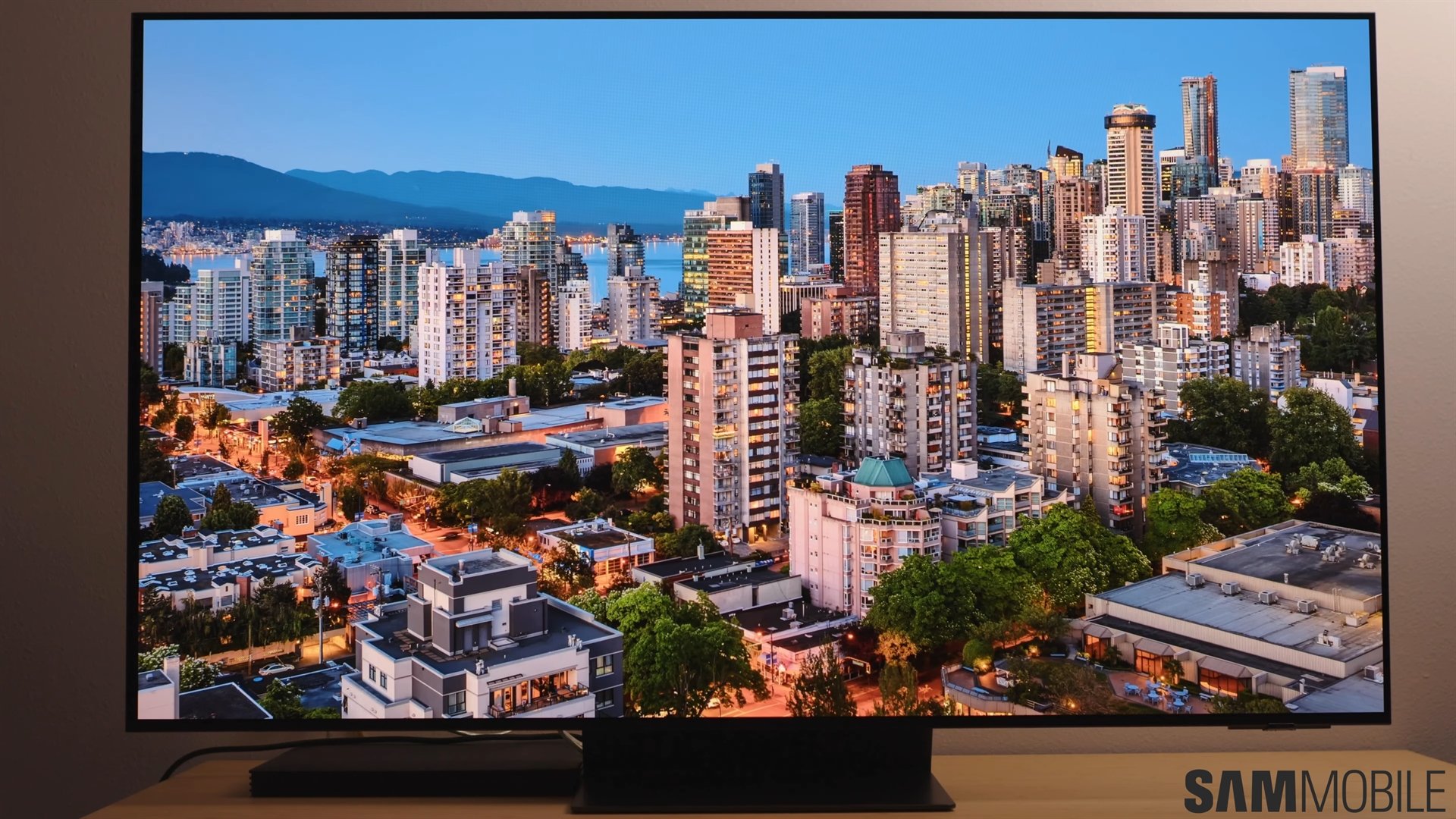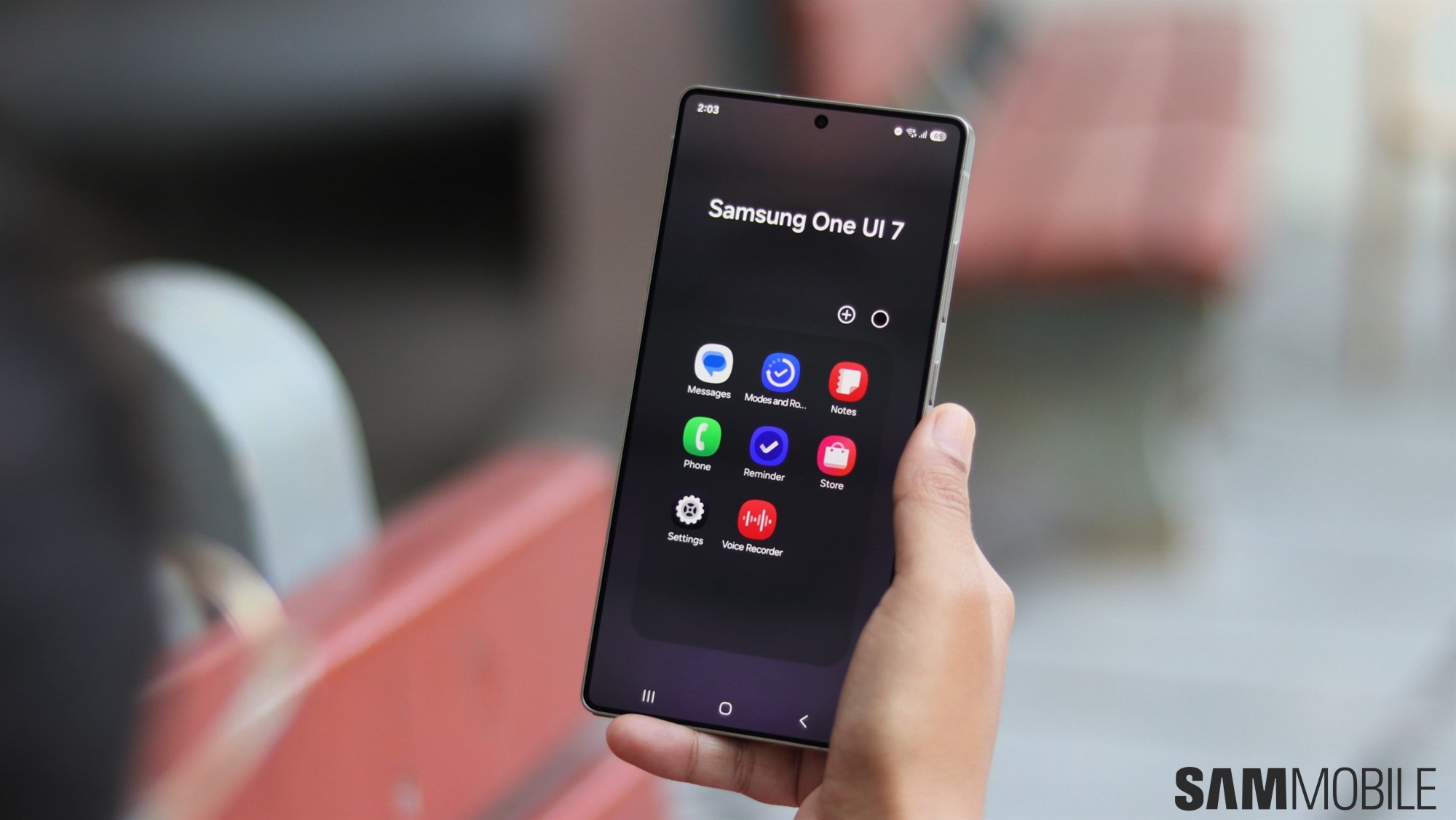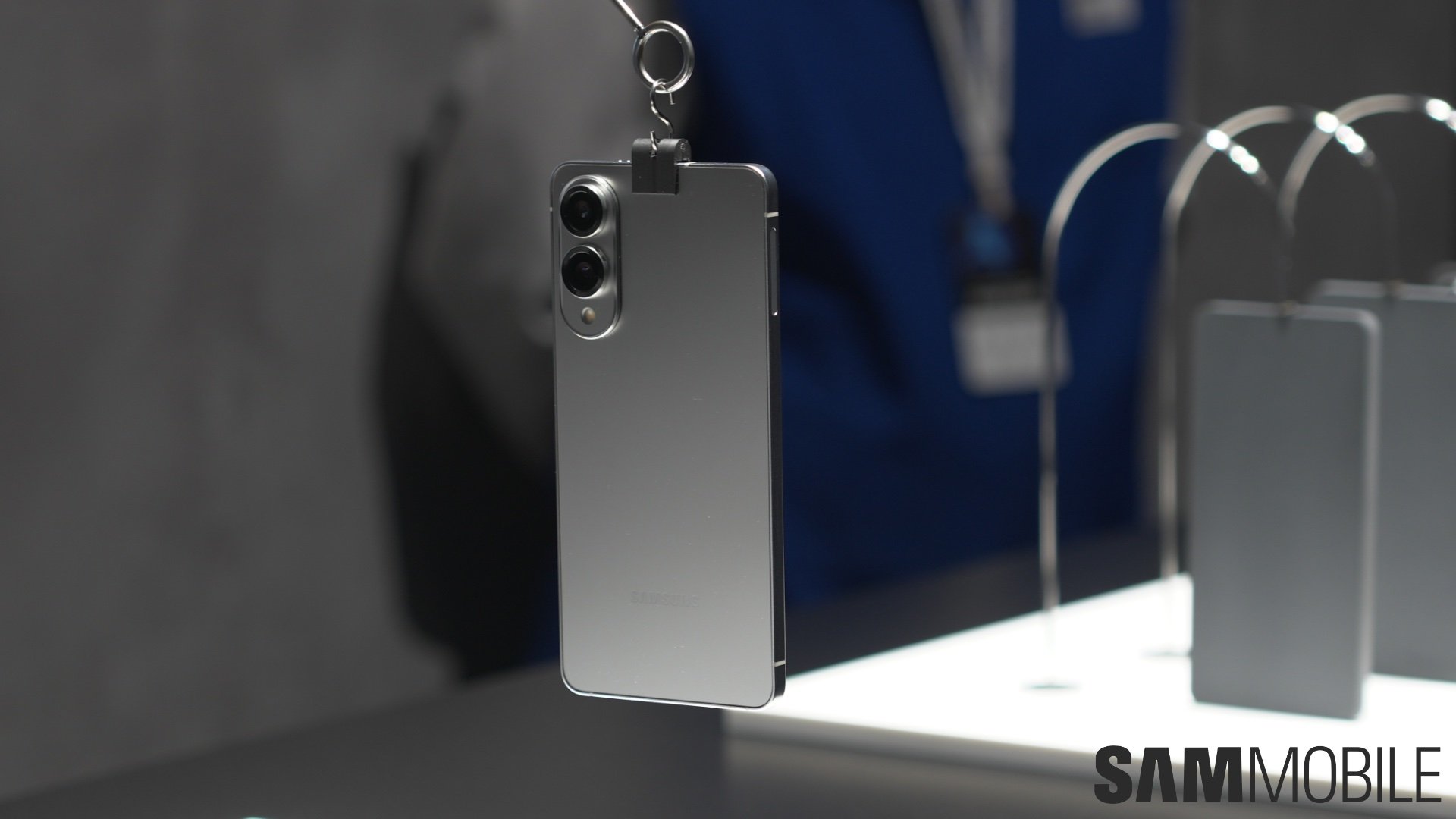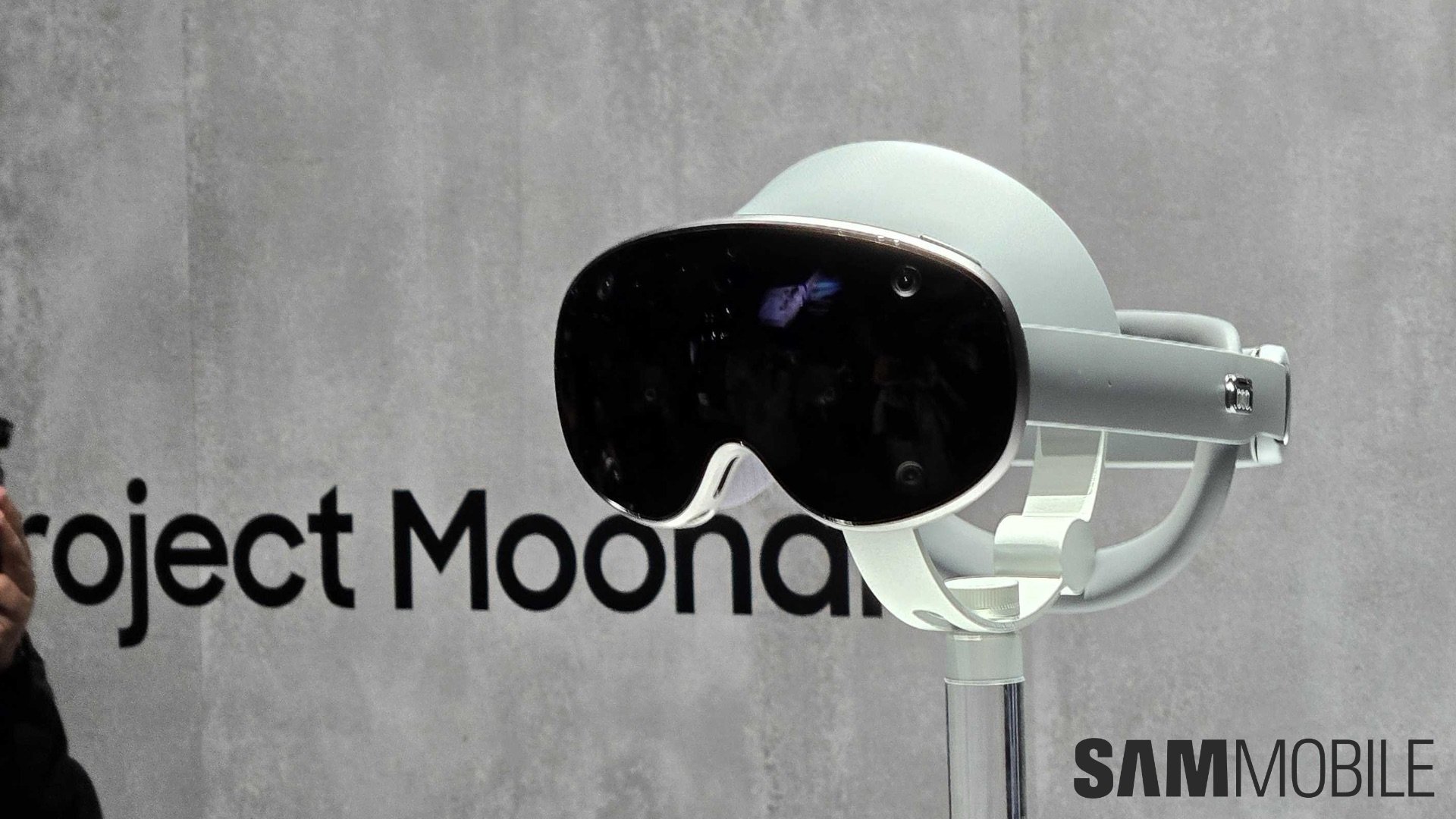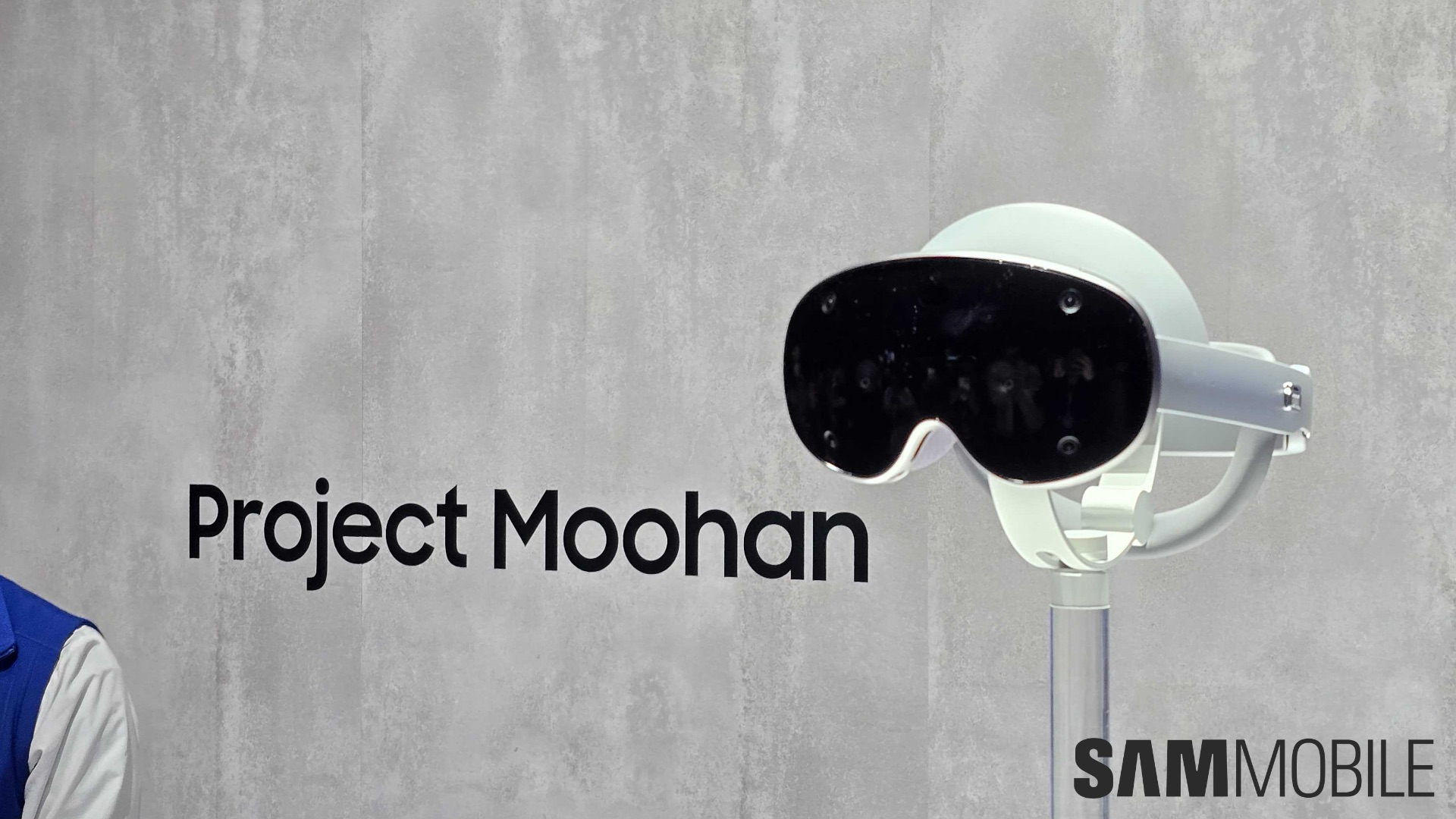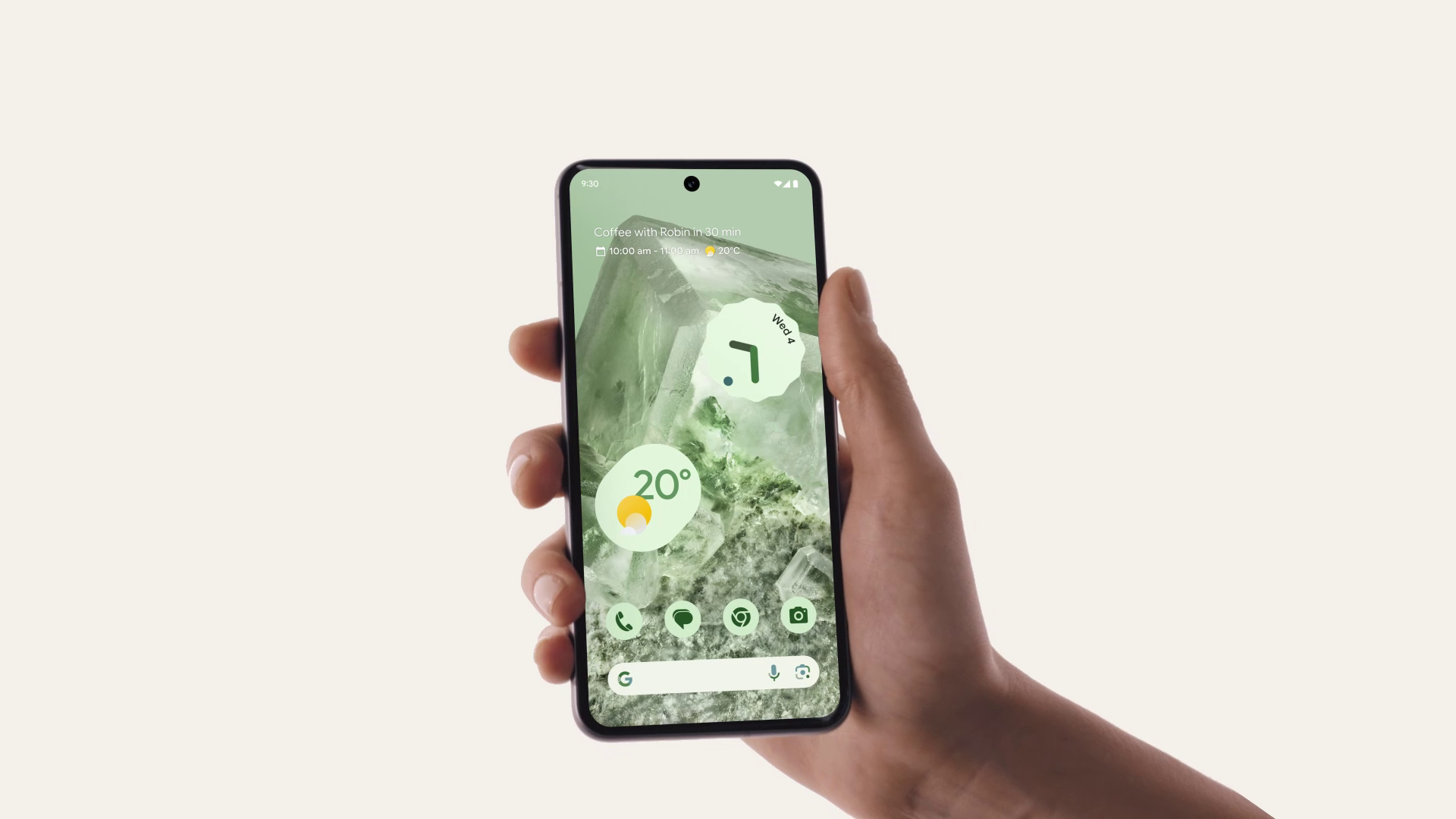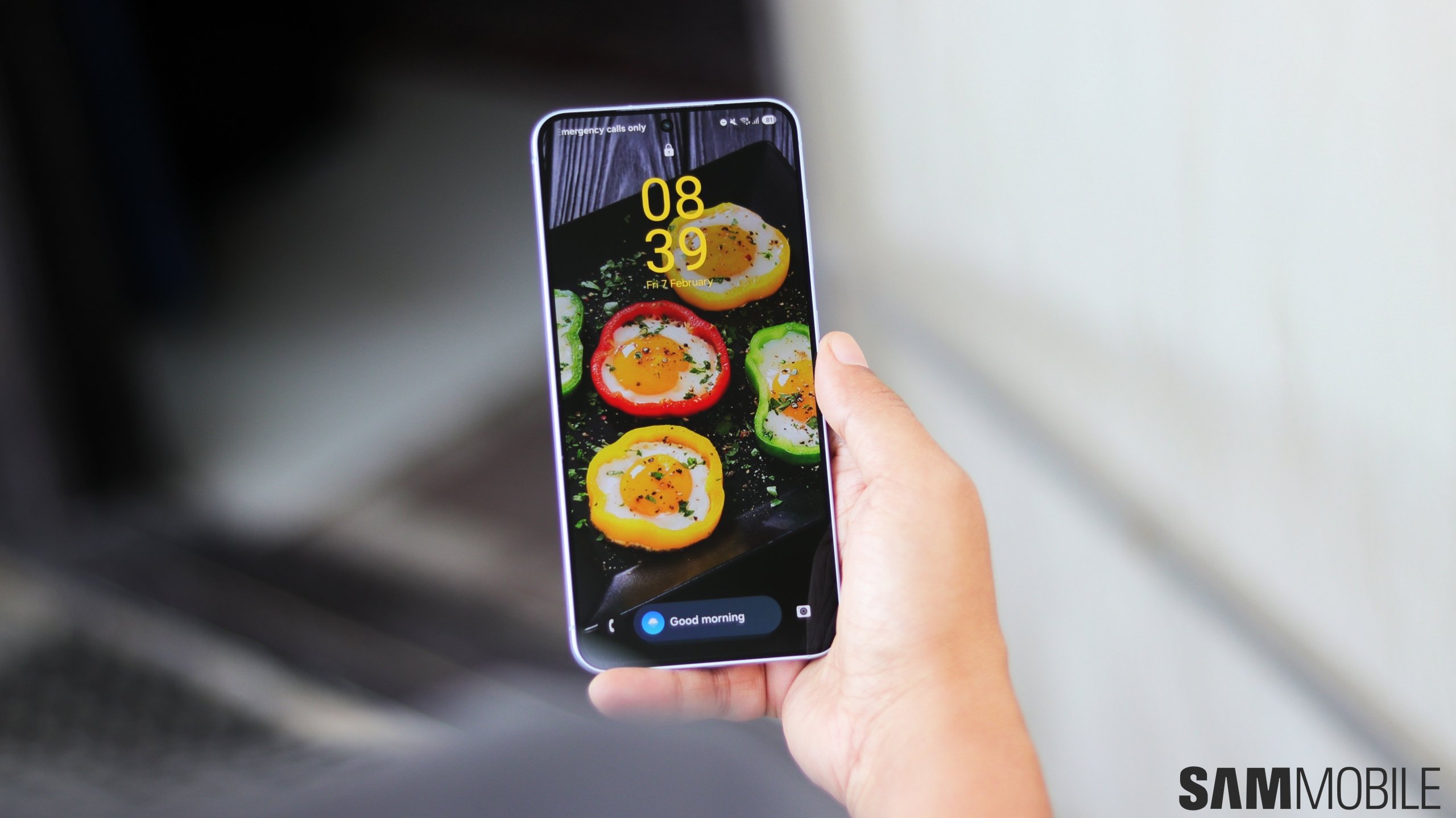
Samsung Display's OCF OLED panel for phones can reach 5,000 nits brightness
The newest OLED panel from Samsung for phones and other mobile devices doesn't have a polarizer. This technology is usually referred to as on-cell film (OCF), and Samsung Display was the first to implement it. It enhances outdoor visibility and reduces power consumption, resulting in increased battery life, decreased temperature, and a longer lifespan.
Following the use of OCF OLED panels in foldable smartphones like the Galaxy Z Flip 5 and the Galaxy Z Fold 5, this technology is now being implemented in bar-shaped smartphones and rollable laptops.
At MWC 2025, Samsung is showcasing its newest OCF II OLED mobile panels that are capable of producing a peak brightness of up to 5,0000 nits in a 10% window (10% surface area of the complete screen size). This is impressive, as Chinese OLED panel makers advertise peak brightness levels of up to 6,000 nits, but that is only possible when the window size is 1% or 5% of the total area.
While watching movies, this panel can reach a peak brightness of up to 3,000 nits. Samsung claims these brightness figures are 1.5x higher at the same power consumption levels. If that is true, it is indeed quite an impressive technological feat.
The story continues after our Galaxy S25 Ultra video below.
A polarizer is a thin, opaque sheet that stops ambient (external) light from entering the display panel. However, it also reduces the brightness of an OLED panel by up to 50%. Samsung developed the world's first panel-stacking structure that eliminates the need for a polarizer while blocking external light.
This technology allows the display to maintain the same brightness levels (as earlier) with just 63% of the power consumption. It also makes the panels 20% slimmer than conventional OLED panels. This technology was first used in the Galaxy Z Fold 3 and is now being used in bar-type phones.
Joohyung Lee, Head of Mobile Display Business at Samsung Display, said, “Samsung Display will continue to advance its differentiated leadership through innovative technology such as OCF to meet the demands of the AI era.”
Image Credits: Samsung


